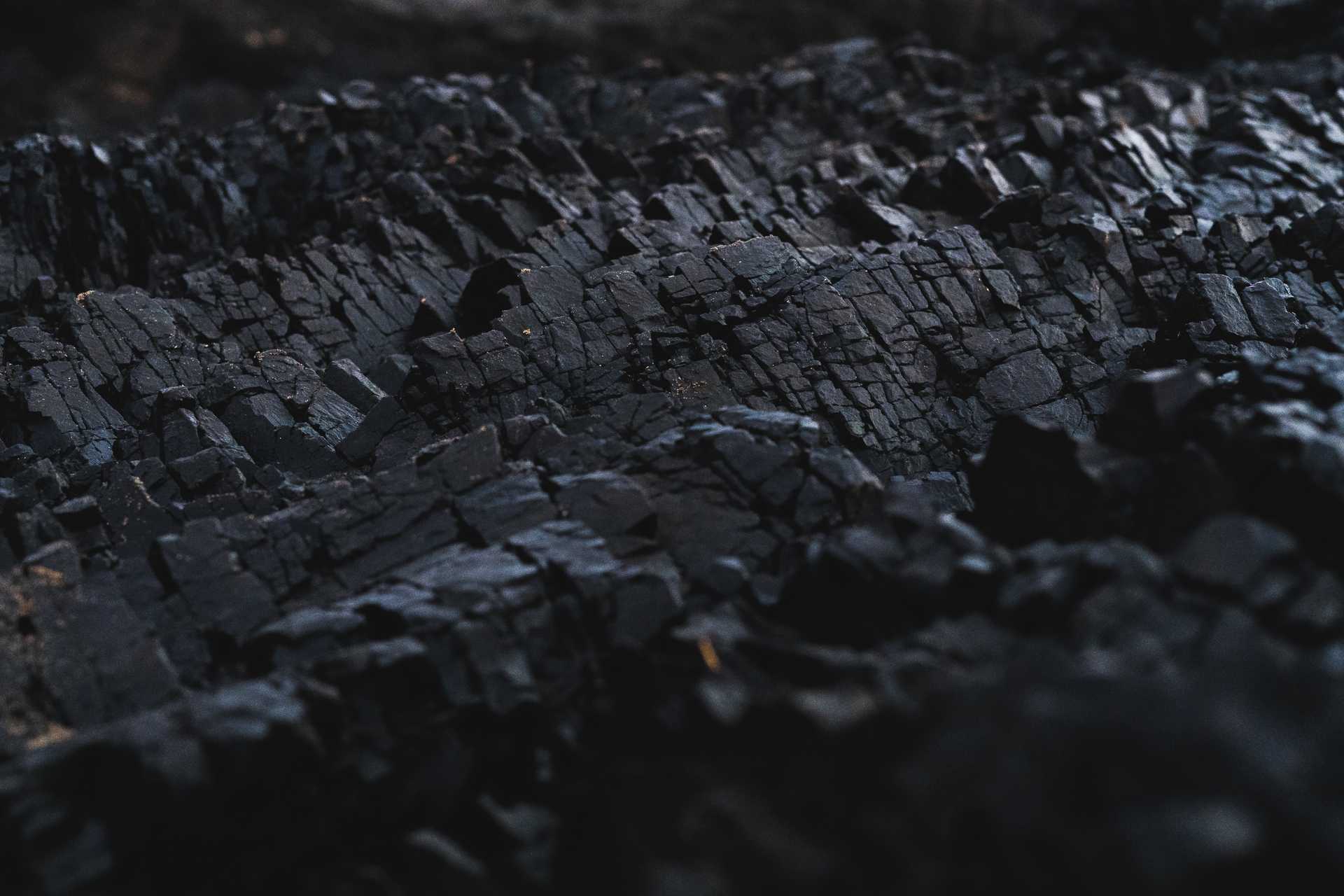Movie Color Strip
CLI tool for generating a color composition of a movies colors, inspired by thecolorsofmotion.com. The tool generates a linear arrangement of color stripes, each strip representing the average of several frames within the movie, ordered by timestamp. The result visualizes the tone and ambience of the movie, as well as its progress.

This image is the result for the last Harry Potter movie. Some segments are easily mappable to specific segments of the movie, such as the orange segment in the middle which was generated from the fire in the room of requirements, or the bright whitish area at the end generated from the segment when Harry met dead Dumbledore at Kings Cross.
More examples are available below.
Contributions
There exist several similar projects already. This project is written as a NPM package, which means you can just run it in your command line with only NodeJS and FFMPEG installed. Additionally, it works on arbitrarily many movies, so you can start a batch of several movies at once and have images generated from all of them. Finally, this project splits the process of computing the colors from an video file, and generating the resulting image, into distinct commands. You can extract the colors from a movie once into a JSON file (which is the long part), and then generate multiple image formats from them with a different command. You can specify the exact dimensions of the image and whether it should be generated horizontally or vertically.
Usage
Install NodeJS and FFMPEG globally. Then, invoke npx movie-color-strip.
Usage: npx movie-color-strip [options] [command]
Options:
-V, --version output the version number
-h, --help display help for command
Commands:
parse-movie [options]
generate-image [options]
help [command] display help for command
First, call npx movie-color-strip parse-movie to generate color files
from movies. This might take a significant amount of time (~30 minutes per movie).
This will be computed for every movie detected by the glob supplied via --movies
(defaults to ./movies/**/*.mkv).
Usage: npx movie-color-strip parse-movie [options]
Options:
-t, --tmp-dir <directory> Temporary directory for storing image files (default: "./tmp")
-o, --out <filename> Output filename, must be .json (default: "./{moviename}.colors.json")
-n, --name <name> Movie name, will be encoded into json file (default: "{moviename}")
-m, --movies <glob> Glob for finding movies (default: "./movies/**/*.mkv")
-f, --every-frames <frames> How often to grab a frame from the movie, i.e. every n frames. (default: "120")
-h, --help display help for command
Then, call npx movie-color-strip generate-image to create image files from the resulting
color files.
Usage: npx movie-color-strip generate-image [options]
Options:
-f, --files <glob> JSON Color files glob (default: "./**/*.colors.json")
-w, --width <size> Output image width (default: "800")
-h, --height <size> Output image height (default: "300")
-x, --orientation <size> Output orientation, either "horizontal" or "vertical" (default: "horizontal")
-o, --output <name> Output name, must be .png (default: "./{name}.png")
--help display help for command
Examples
Harry Potter and the Philosophers Stone

Harry Potter and the Chamber of Secrets

Harry Potter and the Prisoner of Azkaban

Harry Potter and the Goblet of Fire

Harry Potter and the Order of the Phoenix

Harry Potter and the Half Blood Prince

Harry Potter and the Deathly Hollows 1

Harry Potter and the Deathly Hollows 2

Star Wars I: A Phantom Menace

Star Wars II: Attack of the Clones

Star Wars III: Revenge of the Sith

Star Wars IV: A new Hope

Star Wars V: The Empire Strikes back

Star Wars VI: Return of the Jedi

Star Wars VII: Force Awakens

Star Wars VIII: Last Jedi

Star Wars - Rogue One

Star Wars - Solo

The Martian

Sonic the Hedgehog (2020)

Mulan (2020)

Mortal Engines

Lion King (2019)

Hidden Figures

Interstellar

Deadpool

Ex Machina

Glass

Grinch (2000)


